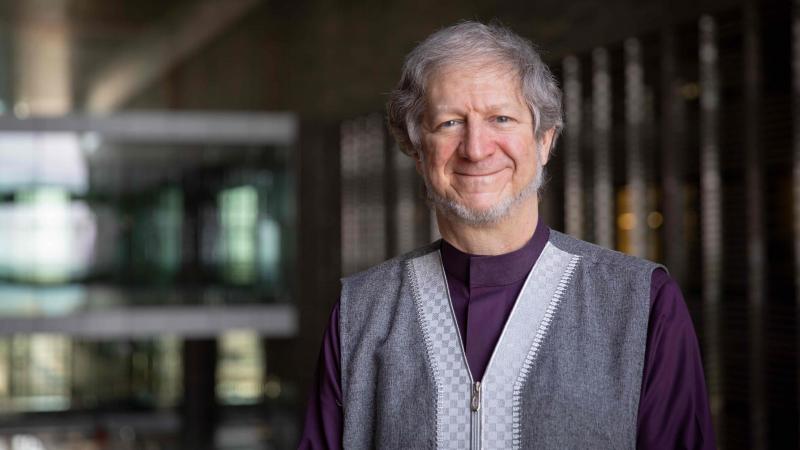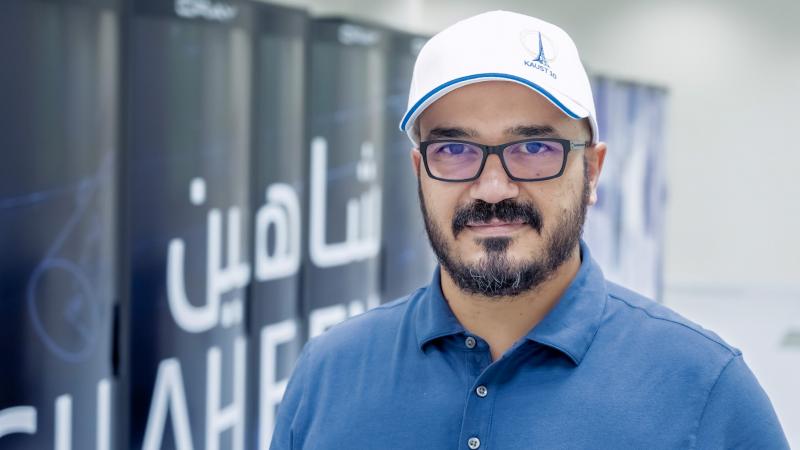© 2018 KAUST
For an oil-rich country like the Kingdom of Saudi Arabia, seismic imaging is vital for efficient extraction of fossil fuels. New software, known as GIRIH, could improve the underground imaging system for more precise drilling of oil wells.
Seismic images are created by bouncing sound waves off underground geologic structures to help identify potential areas of oil and gas. Analyzing this data to generate accurate images takes significant time and computing power. The more complex the subsurface, the more fine-grained and detailed the analysis must be; and the more physical parameters included (related to different wave propagation properties through varying rock types), the greater the demand on computational requirements (memory and processing time).
Researchers at KAUST’s Extreme Computing Research Center (ECRC) are working closely with the oil company Saudi Aramco in an ambitious project, ExaWave, to design and integrate novel software into image analysis platforms. "Exa" refers to Aramco’s preparation to migrate their workload to emerging exascale architectures, capable of performing a billion-billion operations per second. The work of this partnership will facilitate rapid, accurate and sustainable fossil fuel extraction.
Read the full article


